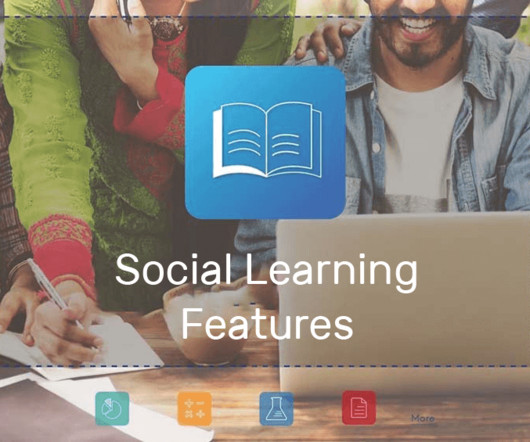How Social Networks Can Harness the Power of Weak Ties | Social.
Dashe & Thomson
MAY 11, 2011
A lot of the Social Media Mavens , however, are really ranting, not about the technology, but about the human dynamics related to social networking. They’re sources of novelty and innovation (because they know quite different things than we do) and bridges to other social networks (because they know quite different people than we do).














































Let's personalize your content